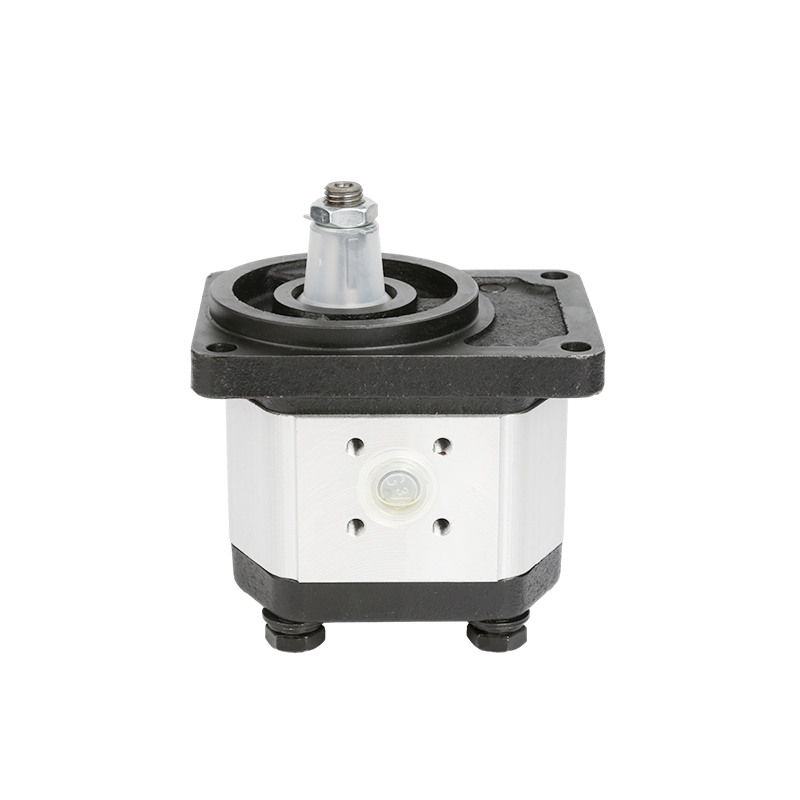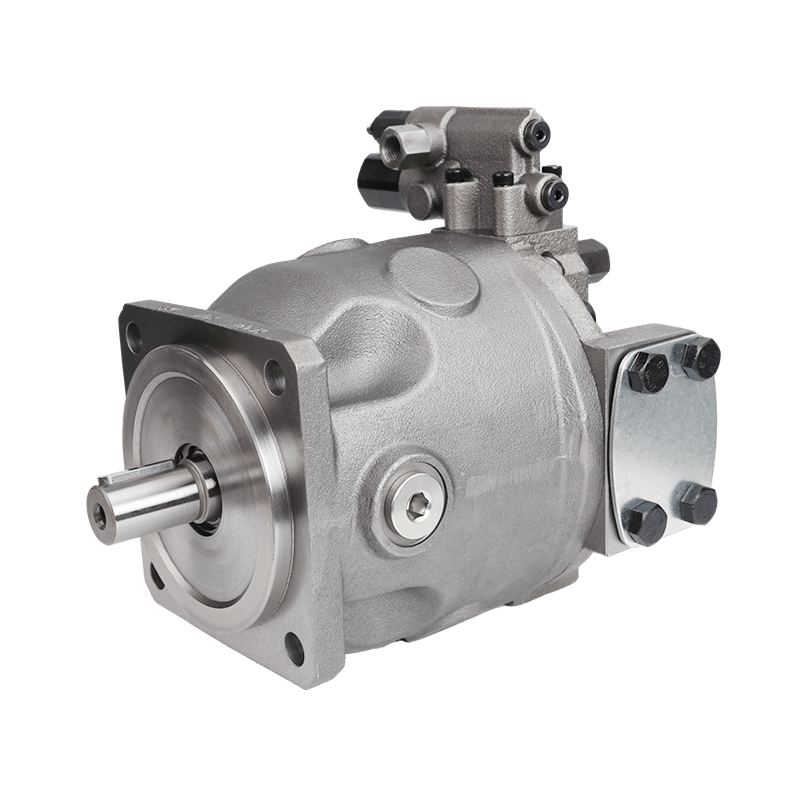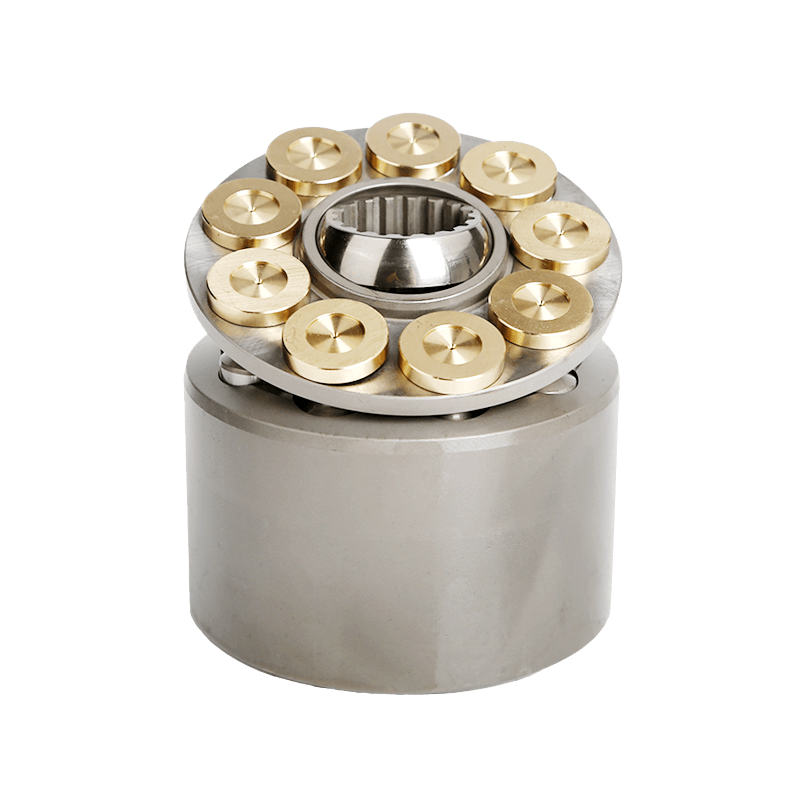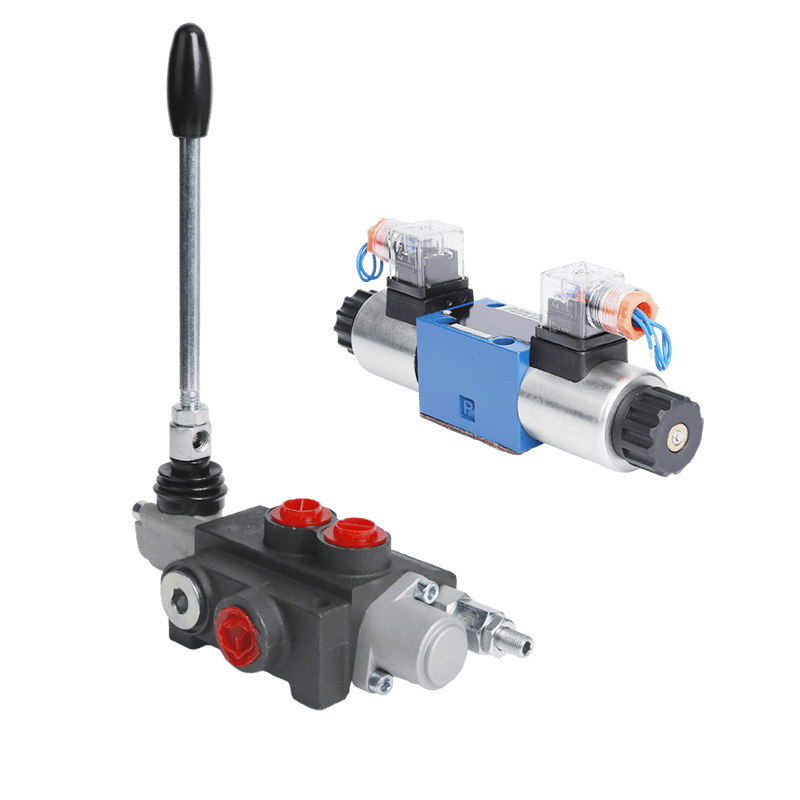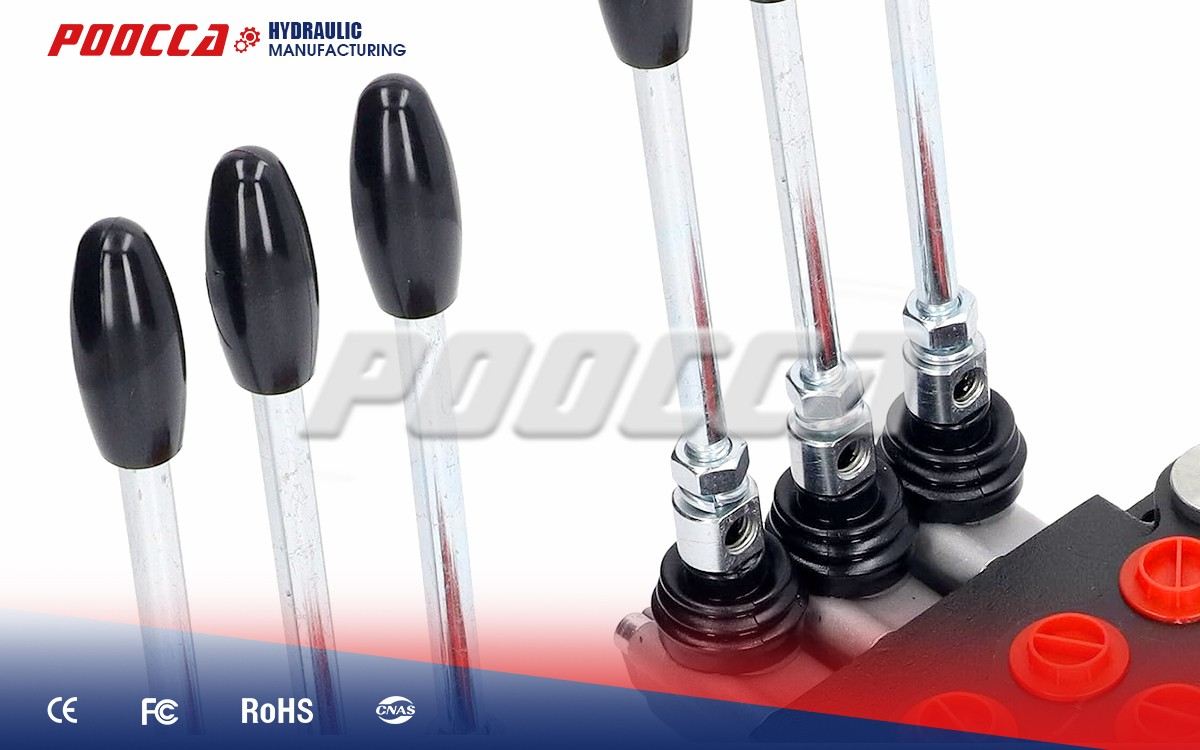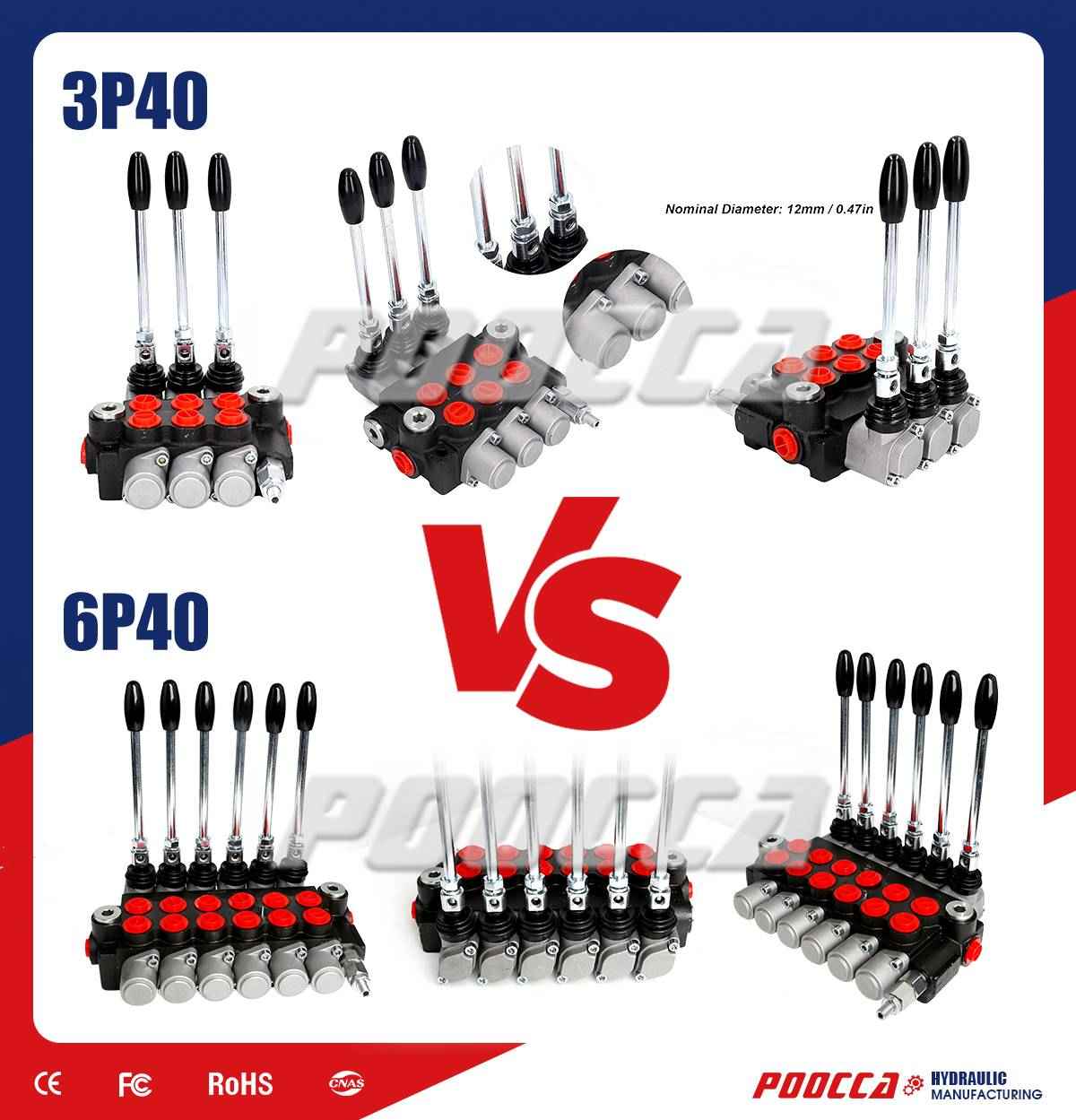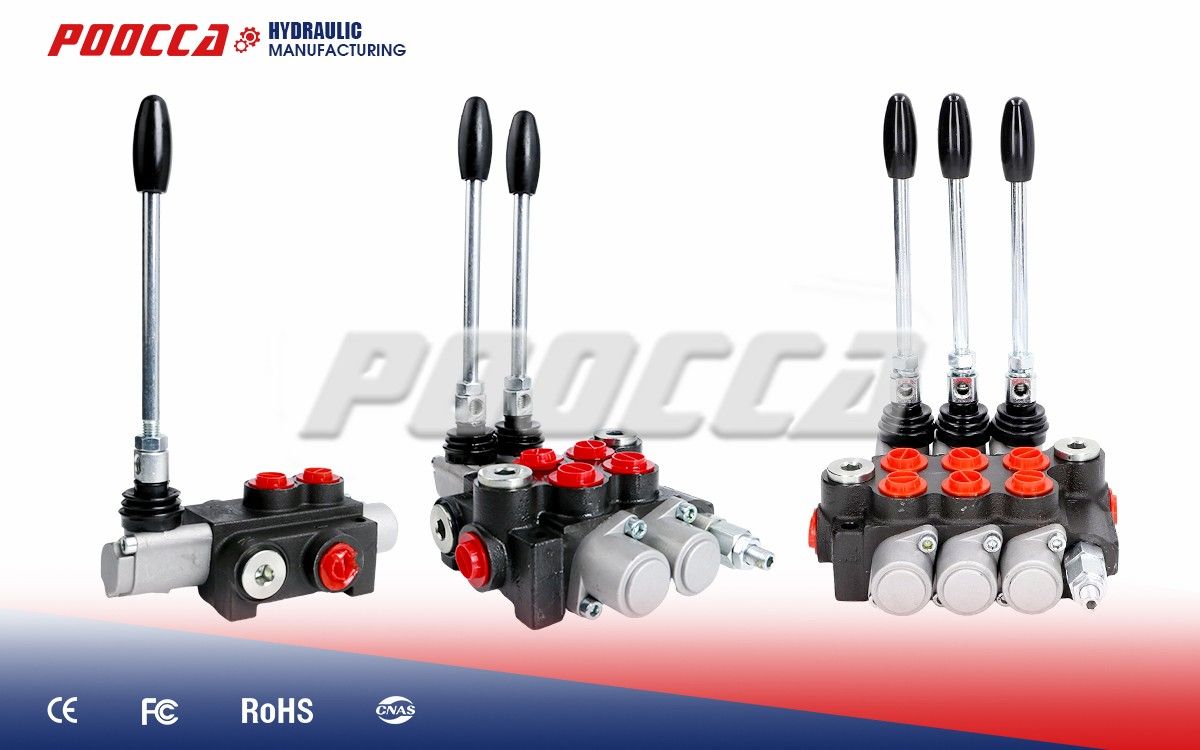Understanding Single Direction Valves
Definition and Functionality
Single direction valves, also known as check valves, are essential components in various fluid control systems. These valves are designed to allow fluid to flow in only one direction, preventing backflow which can cause system malfunctions or damage. Their operation relies on differential pressure; when the pressure on the inlet side exceeds that on the outlet side, the valve opens, allowing fluid to pass through. If pressures equalize or reverse, the valve closes automatically. By maintaining unidirectional flow, single direction valves ensure system integrity and reliability.
Common Applications
Single direction valves find numerous applications across diverse industries due to their efficient backflow prevention capabilities. In the water and wastewater industry, these valves protect pumps and pipelines from contamination. In the oil and gas sector, they prevent reverse flow, averting potential hazards and maintaining operational safety. Additionally, HVAC systems use these valves to regulate coolant flow, ensuring energy efficiency and system longevity. The medical field also benefits from the controlled delivery of fluids in pharmaceutical processing and delivery systems. Overall, their versatile usability underscores their critical role in various engineering and industrial processes.
POOCCA Hydraulic (Shenzhen) Co., Ltd. was established in 1997 and has four companies in Hong Kong, Guangdong, Jiangsu and Zhejiang. We are a comprehensive hydraulic service company specializing in the research and development, manufacturing, maintenance and sales of hydraulic pumps, motors, valves and related parts. With extensive experience in providing power transmission and drive solutions to hydraulic system users around the world, we have a strong reputation in the industry.
Importance of Material Selection
Factors to Consider in Material Selection
Mechanical Properties
The mechanical properties of the material used in single direction valves significantly impact their performance and durability. These properties include tensile strength, yield strength, and hardness, which determine the valve’s ability to withstand operational stresses. A high tensile strength ensures the material can resist breaking under tension, while yield strength indicates the maximum stress a material can endure without permanent deformation. Hardness is crucial for resisting surface wear and deformation, extending the valve’s operational life in high-pressure environments.
Chemical Corrosion Resistance
Chemical corrosion resistance is a paramount consideration when selecting materials for single direction valves, especially in corrosive environments. Valves exposed to chemicals, acids, or highly saline water must be crafted from materials that can withstand these harsh conditions without degrading. Stainless steels, for instance, offer excellent corruption resistance due to their chromium content, forming a passive oxide layer that protects against corrosive agents. This ensures the longevity and functionality of the valves, reducing maintenance costs and downtime.
Temperature Tolerance
Temperature tolerance is another critical aspect in material selection for single direction valves. Valves must operate efficiently across a range of temperatures in various applications. Materials must possess thermal stability to avoid expansion, contraction, or structural weakening at high or low temperatures. Stainless steels and some alloys maintain their mechanical properties across broad temperature ranges, making them suitable for extreme operational conditions found in industrial and automotive applications.
Popular Materials Used
Stainless Steels
Stainless steels are widely favored for their superb mechanical properties and corrosion resistance. They contain chromium, which forms an oxide layer on the surface, protecting against rust and chemical attack. This makes them ideal for applications involving corrosive fluids and environments. Stainless steels like 304 and 316 are particularly popular in the food, pharmaceutical, and chemical industries due to their non-reactive nature and ease of cleaning, ensuring compliance with stringent hygiene standards.
Alloy Steels
Alloy steels incorporate various elements like nickel, chromium, and tungsten to enhance specific properties such as strength, hardness, and toughness. These steels are chosen for applications that demand high performance under stress, including high-pressure pumps and hydraulic systems. The added elements in alloy steels improve their resistance to wear and tear, as well as their ability to withstand extreme temperatures, making them suitable for heavy-duty and high-temperature environments.
Cast Iron
Cast iron is known for its excellent wear resistance and durability. Despite being heavier and less malleable than steel, it performs well in static applications where the valve does not require frequent operation. Cast iron’s graphite structure offers inherent damping properties, reducing noise and vibration, which is beneficial in pipelines and non-critical systems. However, it lacks the chemical resistance of more advanced materials, making it less suitable for corrosive environments.
Non-Metallic Options
Non-metallic materials, such as composite polymers and ceramics, are becoming increasingly popular for single direction valves. These materials provide excellent corrosion resistance and can be engineered to withstand specific operational conditions. Polymers, for example, are lightweight and resistant to chemical interactions and scaling, making them ideal for water treatment facilities. Ceramics enhance wear resistance, providing longevity in abrasive environments. Non-metallic options offer an alternative to metal in scenarios where weight and specific resistance properties are critical.
Heat Treatment Processes for Single Direction Valves
Overview of Heat Treatment Techniques
Quenching
Quenching is a heat treatment process where the valve material is heated to a high temperature and then rapidly cooled in water, oil, or air. This process hardens the material, enhancing wear resistance and strength. Quenching alters the microstructure of metals, making them more suited for high-stress applications. However, rapid cooling can introduce stresses and potential brittleness, necessitating further treatments like tempering to balance the material properties.
Tempering
Tempering involves reheating a quenched material to a lower temperature and then cooling it slowly. This process reduces the brittleness induced by quenching while retaining the material’s enhanced hardness. Tempering improves toughness, allowing the valve to withstand impact and mechanical stress. It is a crucial step in ensuring the durability and reliability of valves, especially in dynamic and fluctuating temperature environments.
Annealing
Annealing is a heat treatment process designed to soften metal, improve ductility, and relieve internal stresses. The material is heated to a specific temperature and then cooled slowly. Annealing enhances the workability of metals, making them easier to machine and forming. This process also refines the microstructure, improving uniformity and eliminating defects. Annealed materials in single direction valves offer better performance in applications requiring precise tolerances and flexibility in manufacturing processes.
How Heat Treatment Affects Material Properties
Impact on Strength and Hardness
Heat treatment processes such as quenching and tempering play significant roles in enhancing the strength and hardness of the material used in single direction valves. Quenching raises the strength and hardness by creating a martensitic structure within the metal, which is capable of withstanding high levels of operational stress. Tempering following quenching helps in achieving an ideal balance between hardness and ductility, making the metal less brittle and more resilient. Such treatments are particularly beneficial in high-pressure and high-velocity applications where the valve components are subject to severe mechanical loads.
Effects on Ductility and Toughness
While heat treatment enhances strength and hardness, it also crucially impacts the material’s ductility and toughness. Processes like annealing and tempering improve these properties by altering the internal structure of the metal, making it more pliable and shock-resistant. Improved ductility allows the material to endure deformation without cracking, essential for applications where the valve may encounter sudden pressure changes. Enhanced toughness ensures that the valve can absorb and dissipate energy from impacts, reducing the risk of fractures and prolonging the service life of the valve.
At POOCCA, our strength is our dedicated team of over 300 professionals. Within this highly skilled workforce, we have a dynamic team of 70 sales professionals who possess vast experience and in-depth knowledge of our industry. Their expertise is crucial in providing tailor-made solutions and exceptional services to our valued clients.
Steps to Select the Right Material and Heat Treatment Process
Analyzing Operational Conditions
The first step in selecting the right material and heat treatment process for single direction valves is to thoroughly analyze the operational conditions. This includes understanding the range of pressures, temperatures, and the type of fluids the valve will be exposed to. Factors such as flow velocity, abrasiveness of the fluid, and potential corrosive elements should be considered. A comprehensive analysis helps in determining the specific demands on the valve, guiding the selection of materials and heat treatments that can best endure these conditions while maintaining optimal performance.
Performing Material Testing
After identifying the operational requirements, it is crucial to perform material testing to evaluate the suitability of different materials. Sample materials can be subjected to fatigue tests, corrosion resistance tests, and thermal cycling to assess their performance under simulated operational conditions. Stress-strain testing can reveal the mechanical properties like tensile strength, elasticity, and hardness. These tests provide valuable data that inform the final material choice, ensuring it can meet the demands of the application while offering durability and reliability.
Finalizing the Best Combination
With data from operational condition analysis and material testing, the next step is to finalize the best combination of material and heat treatment process. This involves selecting materials that offer the best balance of mechanical properties, corrosion resistance, and temperature tolerance. Complementary heat treatment processes are then determined to enhance these properties further. For instance, a high-strength alloy may be selected for its durability, with heat treatments such as tempering applied to improve its toughness and hardness. Finalizing this combination ensures that the single direction valve will perform effectively and have a long service life in its intended application.
Case Studies Illustrating Effective Implementation
Real-world Examples of Successful Materials and Treatments
Examining real-world case studies can provide insights into successful implementations of materials and heat treatments for single direction valves. For example, in the oil and gas industry, valves made from duplex stainless steel and subjected to quenching and tempering processes showed excellent performance in managing high-pressure crude oil transport. In another case, water treatment facilities using polymer-based valves enhanced with annealing processes demonstrated superior chemical resistance and operational reliability. These examples highlight the importance of choosing the right materials and heat treatments, tailored to the specific needs of different industries.
Industry Standards and Compliance in Material and Heat Treatments
Applicable Standards
To ensure safety, reliability, and performance, single direction valves must comply with various industry standards. Organizations such as the American National Standards Institute (ANSI), the International Organization for Standardization (ISO), and the American Society of Mechanical Engineers (ASME) set these standards. They cover aspects such as material composition, mechanical properties, and permissible stress levels. Compliance with these standards guarantees that the valves can operate safely under specified conditions and provides assurance to end-users about the quality and durability of the product.
Importance of Compliance
Compliance with industry standards is vital not only for ensuring the safety and functionality of single direction valves but also for building trust with customers and regulatory bodies. Adhering to these standards helps manufacturers avoid legal and financial repercussions associated with non-compliance. It also facilitates market access, particularly in international trade where meeting global standards is essential. Ultimately, compliance ensures that the valves will perform as expected, minimizing the risk of failures and associated downtime.
In addition to our skilled sales team, we have 18 technical experts. poocca has rich knowledge and technical strength. Their expertise not only drives our innovation but also ensures our products and services are at the forefront of technological advancement.

